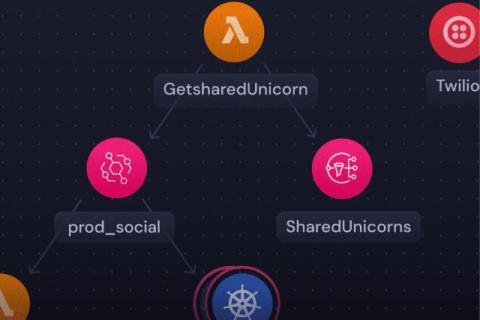Managing a custom distribution OTel collector with BindPlane
Exciting news: it’s now possible to build a custom distribution of the OpenTelemetry Collector and remotely manage it with BindPlane. Though not all of BindPlane’s capabilities are available when managing a custom distribution (yet), it’s #prettycool, as it cracks open the door for teams looking to BYOF (bring your fleet), and manage them with our OTel-native telemetry pipeline.











